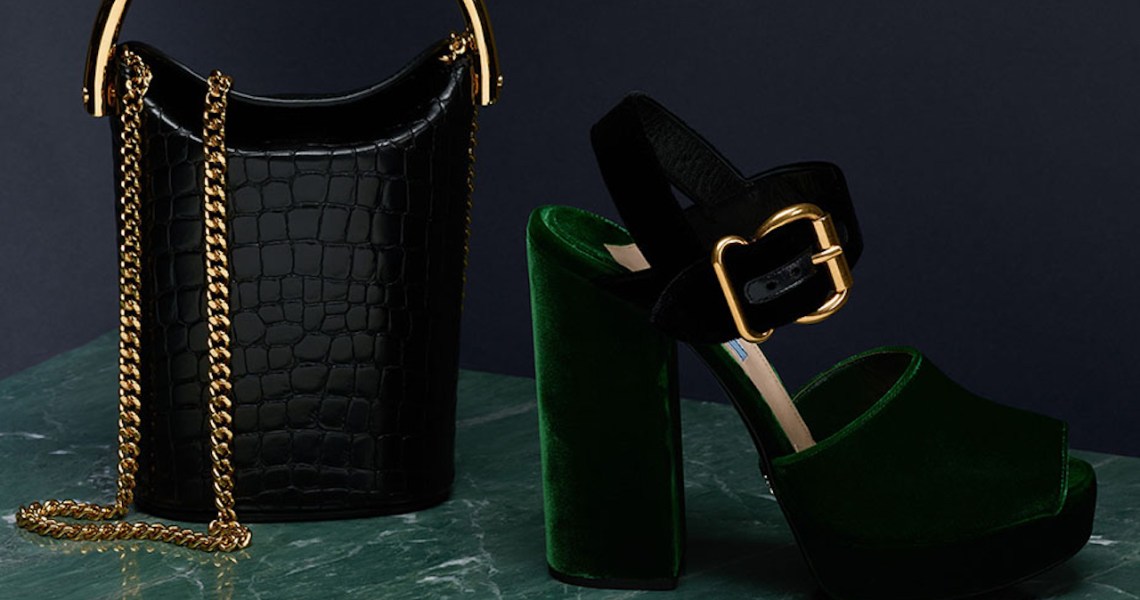Total sales of apparel in the U.S. are estimated to have grown by nearly 15 percent this year, yet for all the increased consumption, a major issue remains: Brands are producing far more product than they can ever sell.
A new report from retail software company ShareCloth revealed that nearly 30 percent of fashion goods produced go unsold. Furthermore, more than 50 percent of fast fashion sold is thrown out less than a year later, with 12.8 million tons of clothing annually dumped into landfills.
This chronic overproduction has obvious negative effects on the environment, emitting 1.2 billion tons of greenhouse gases each year into the atmosphere, but it also will have a negative effect on fashion brands’ profits in the long run, potentially making the industry lose out on $52 billion in revenue by 2030, according to ShareCloth’s report.
“It becomes a wasteful practice on a large scale when major brands are left with swaths of unsold product they can’t move, and have to sell at a discounted rate,” said Kerry Cooper, president and COO of Rothy’s. “In some cases, luxury brands even destroy millions of dollars of unwanted products per year to maintain the exclusivity of their products.”
Supply and demand
The core of overproduction comes down to the lead times of designing and producing fashion collections, taking much longer than the trends that inspire those collections usually last. Often, it can be incredibly difficult to predict whether something you are designing now will be appealing a year later, when it’s finally sold.
Additionally, brands often must meet minimum order quantities that force them to produce more than they might actually need. The logistics of inventory management can lead to a large amount of overproduction.
“Inventory management is a huge challenge for brands and retailers,” said Larisa Summers, svp of e-commerce at Optoro, which owns an e-commerce platform called Blinq where customers can buy deadstock items destined for a landfill. “They plan as much as they can, but it’s nearly impossible to forecast quantities perfectly. This can lead to excess inventory, which needs to be dealt with efficiently so as to recover as much value as possible.”
Ad position: web_incontent_pos1
For brands that own their own factories, like footwear brand Rothy’s, this process is much easier.
“We own and operate our own factory, ensuring flexibility with order size and timeline,” Cooper said. “We break our inventory into categories of product we are confident will sell and product we want to test so that we have a multi-speed supply chain. With the confident product, we can carry deeper inventory on it, and we shouldn’t be out of stock. With new product, we can post a new color or style on our website in the morning, gauge demand by early afternoon and have a finished pair of shoes in our distribution just four days later. If a certain color doesn’t resonate, we’re not stuck with truckloads of a shoe that won’t sell.”
Retail options
For brands that do not have that option, however, there are still alternatives. For one, retailers like Blinq have allowed brands to sell their excess material to third parties who will handle selling it to consumers.
“Blinq offers brands and retailers the opportunity to sell excess and returned inventory directly to consumers who are specifically looking for these types of goods,” Summers said. “Blinq’s customers are motivated not only by the great deals they can get on these products, but they also care about reducing the amount of unused goods that end up in landfills.”
Some brands have made extensive use of deadstock as a way to keep their own waste production low. Public School, for example, has used deadstock heavily over the last year, winning an award from the CFDA for doing so.
Ad position: web_incontent_pos2
Things like the sale of deadstock, which can give new life to the products that would otherwise end up sitting in a landfill for hundreds of years, or emerging data technologies, which can help brands more accurately predict exactly what and how much they need to produce in order to meet demand without vastly overestimating what demand, can all help alleviate the problem of overproduction.
Designing with resale in mind can also help prevent some of the more dire environmental effects of overproduction. The RealReal’s partnership with Stella McCartney, which the two just renewed for 2019, was built explicitly to help keep Stella’s clothes out of landfills and ensure that every piece got multiple uses in its lifetime.
“Brands should be coming together to figure out how we can change this. Participating in the circular economy is such a great way to do that,” said Rati Sahi Levesque, chief merchant of The RealReal. “We’re really all about encouraging others in the space to embrace the circular economy, and our partnership with Stella can be a source for inspiration or a model to replicate.”
The rise of streetwear and luxury drops, which rely explicitly on producing less than what is in demand in order to ensure that every last piece gets sold, could also lead luxury brands to curb their overproduction problems.
The risks of overproduction
Ultimately, avoiding overproduction comes down to being smart about the process before any piece of clothing is made. If brands keep going down the same course they’re on, their profits — and, more importantly, the environment — stand to lose.
“Shorten the time from demand to production or localize manufacturing, which typically means maintaining close control of your supply chain,” Cooper said, when asked the best way for brands to curb their overproduction. “In addition, build in flexibility to be able to ‘chase’ product that is selling well to fulfill demand. The flexibility to operate with small-batch production is key.”




